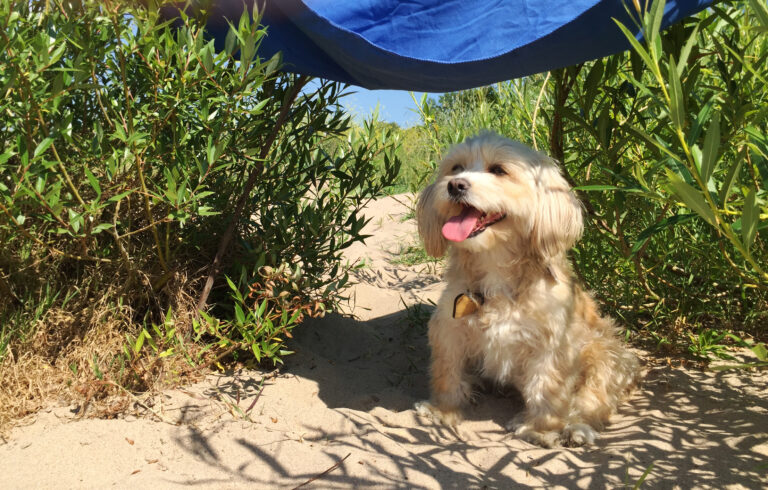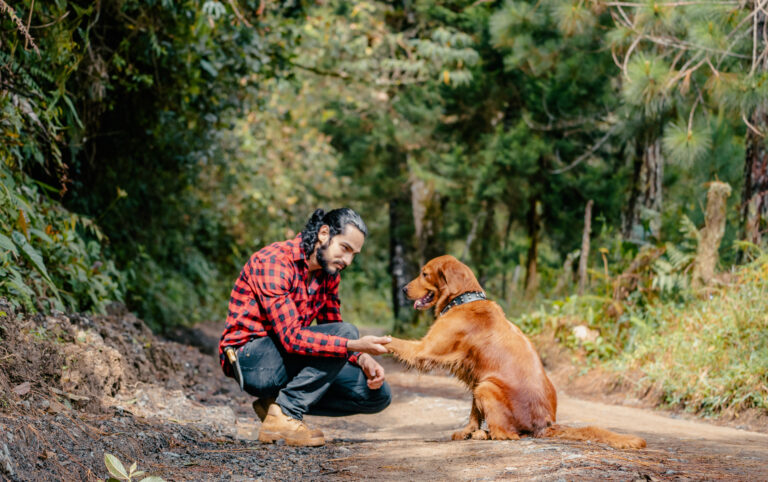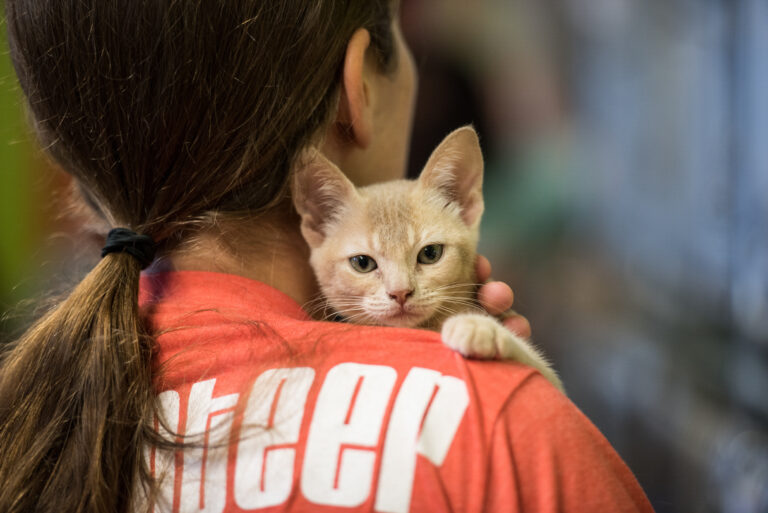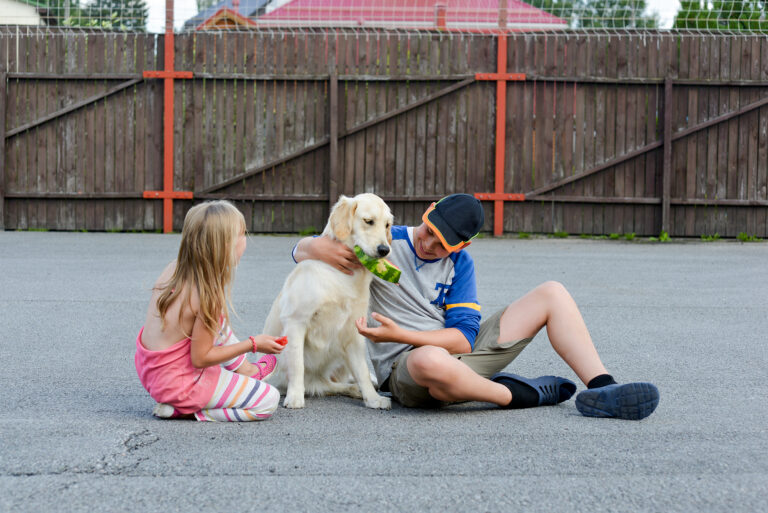Dogs are naturally wired to explore the world through their noses. Unlike humans who rely heavily on sight, dogs’ primary sense is smell. Their olfactory system is incredibly advanced, with up to 300 million scent receptors compared to our five million. This remarkable sense of smell forms the foundation for scent work, an engaging activity that taps into their instincts, provides mental enrichment, and strengthens the bond between dog and owner.
Table of Contents
What Is Scent Work?
Scent work involves training your dog to locate specific scents or objects by using their sense of smell. It’s modeled after professional detection dog tasks, such as those used in narcotics or search-and-rescue work. However, for household dogs, it’s a fun, low-pressure activity that stimulates their mind and body. Whether you’re playing simple scent games at home or considering more advanced training, scent work is accessible to dogs of all breeds, ages, and sizes.
Why Scent Work Benefits Dogs
Engaging in scent work offers several key benefits. First, it provides essential mental stimulation, helping to prevent boredom and reduce unwanted behaviors like chewing or excessive barking. Additionally, scent work builds confidence, particularly for shy or anxious dogs, as successfully finding scents reinforces positive behavior and encourages problem-solving. It’s also a great form of light physical exercise, keeping dogs active without overexertion. Most importantly, scent work enhances communication and teamwork between you and your dog, deepening your relationship through shared activity.
The Science Behind a Dog’s Nose
A dog’s nose is a complex and powerful tool. Besides housing millions of scent receptors, dogs possess a specialized organ called the vomeronasal organ, which allows them to detect pheromones and interpret chemical signals. Their brains dedicate a significant portion to processing scent information, enabling them to distinguish between individual smells and even detect faint scents over long distances. This natural ability makes scent work highly intuitive and rewarding for dogs.
Getting Started with Basic Scent Work
Introducing scent work at home is easy and doesn’t require special equipment. One of the simplest exercises is the “find the treat” game. Start by having your dog sit and stay while you hide a treat in plain sight. Release them and encourage them to find the treat. As they get the hang of it, gradually make the hiding spots more challenging by placing the treat under furniture or in another room. Always reward your dog enthusiastically when they succeed, reinforcing their motivation to keep searching.
As your dog becomes more confident, you can introduce containers such as boxes or cups. Hide a treat in one of them and shuffle the containers. Allow your dog to sniff each one and signal when they find the right container. This helps teach them to focus solely on scent rather than relying on visual cues.
Advancing to Specific Scents
Once your dog has mastered basic scent games, you can move on to teaching them to identify specific scents. Many trainers use essential oils like birch, clove, or anise as target scents. To introduce this, pair the scent with a reward—every time your dog correctly identifies the scent, offer praise and a treat. Over time, phase out the treat and rely solely on the scent as the focus of the game. This level of scent work mimics professional detection tasks and provides even greater mental stimulation.
Tips for Successful Scent Training
Consistency and positive reinforcement are key. Keep training sessions short, ideally 10 to 15 minutes, to prevent fatigue and maintain enthusiasm. Use high-value treats or toys that your dog loves, ensuring they stay motivated. Introduce a clear marker command, such as “find it,” to signal the start of each scent game. Gradually increase the difficulty by varying hiding spots and environments, so your dog learns to generalize the skill beyond the same setting.
If your dog becomes distracted or loses interest, simplify the exercise temporarily or switch to a higher-value reward. Remember, patience is crucial. Every dog progresses at their own pace, and with consistent practice, their confidence and skills will grow.
Exploring Advanced Opportunities
For dog owners who wish to take scent work further, there are many options available. Local trainers often offer scent detection classes, providing structured environments to refine techniques. Some organizations host canine nose work competitions, where dogs and handlers can test their skills in a fun, supportive setting. Additionally, scent work can be used therapeutically for senior dogs or those recovering from injuries, as it requires minimal physical strain but offers excellent mental engagement.
In Conclusion
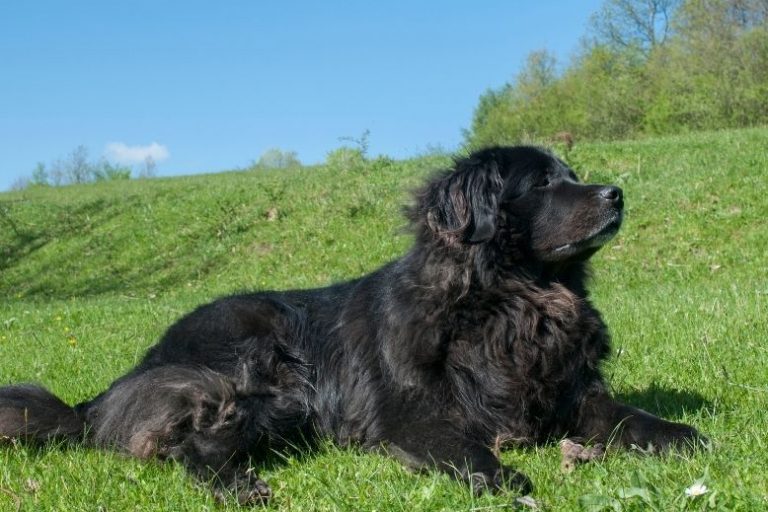
Scent work is a rewarding, instinctive activity that allows dogs to use their most powerful sense while building confidence, reducing stress, and fostering a deeper connection with their owner. Whether you’re introducing simple games at home or exploring advanced training, the benefits are substantial. By tapping into your dog’s natural abilities and encouraging positive experiences, scent work becomes a fun and fulfilling part of your dog’s routine.


